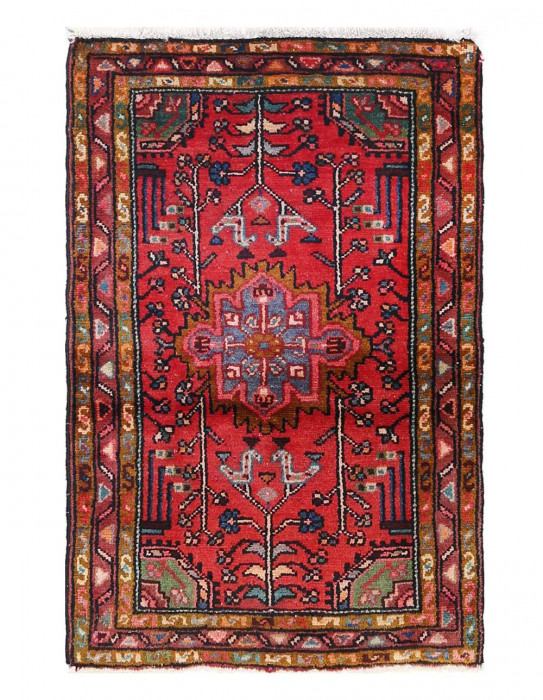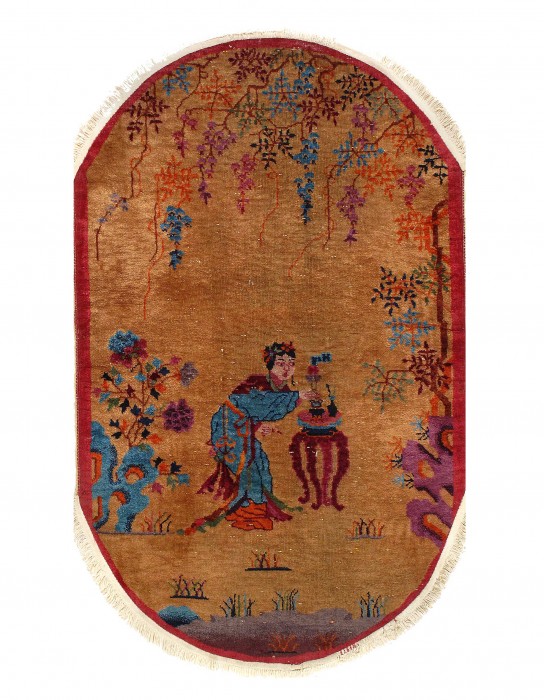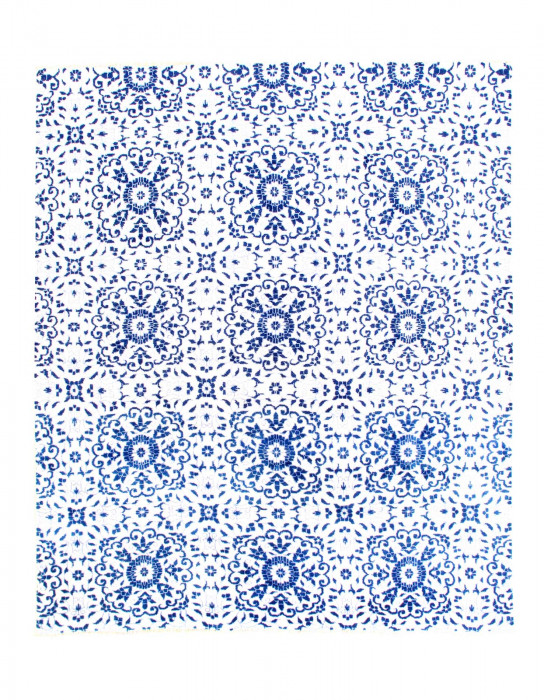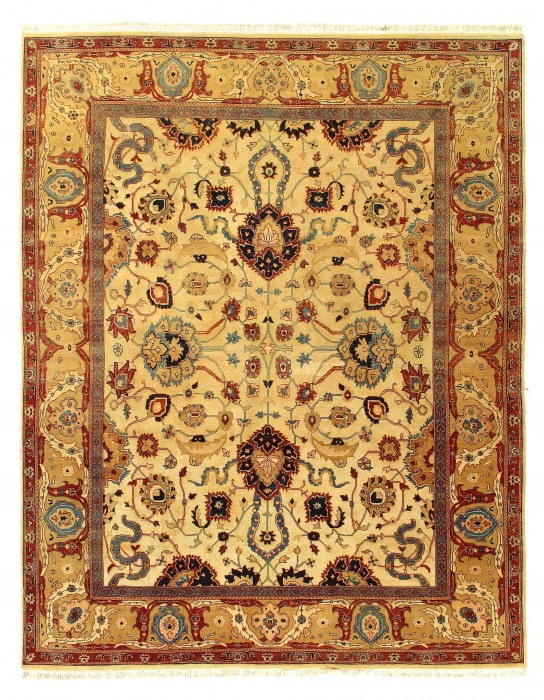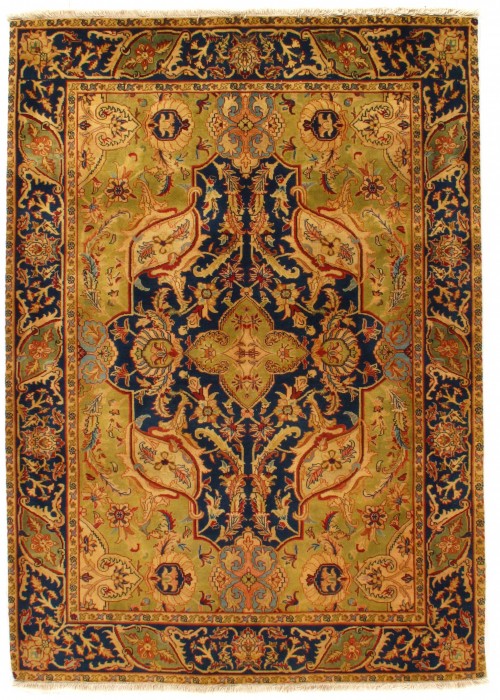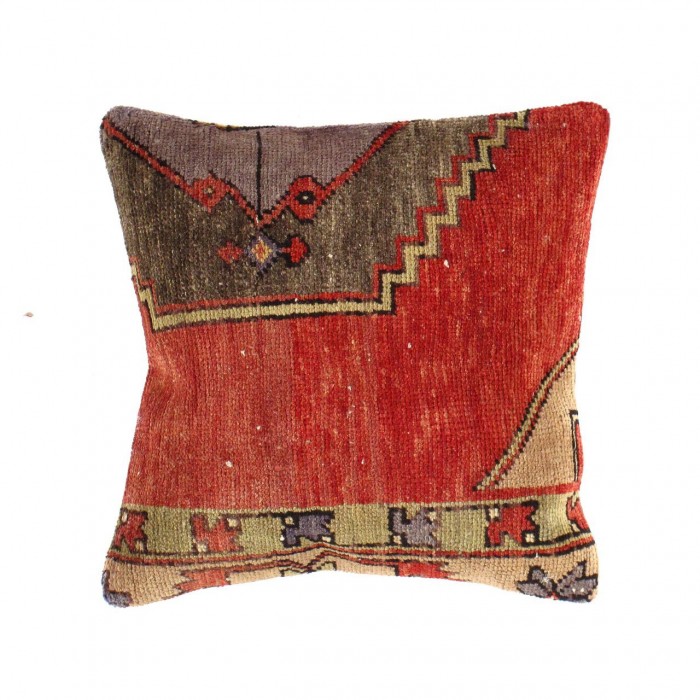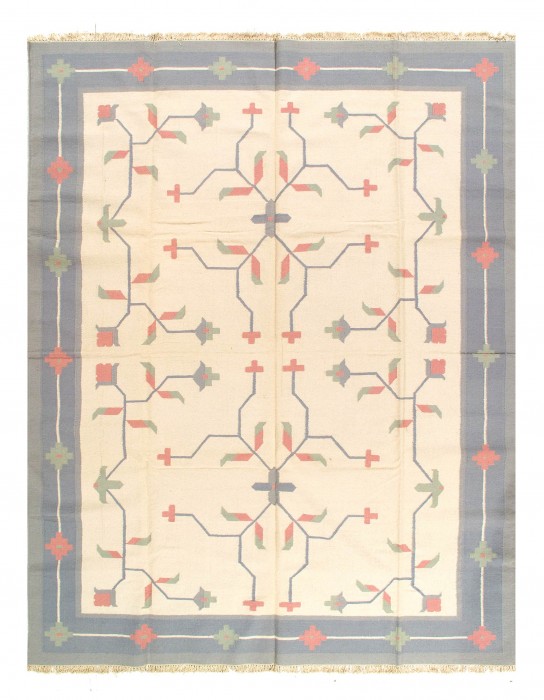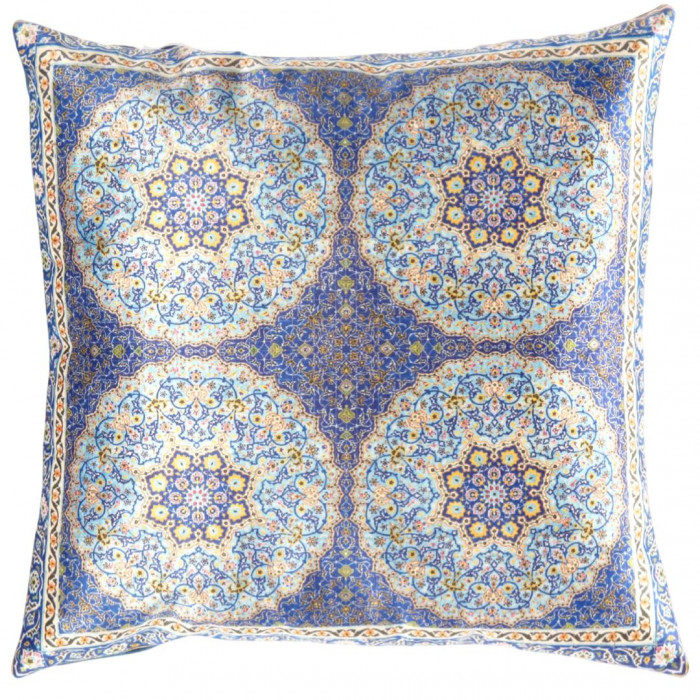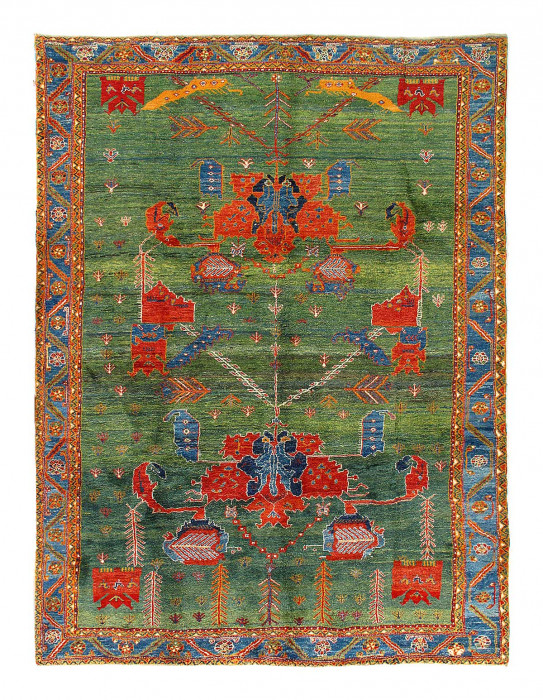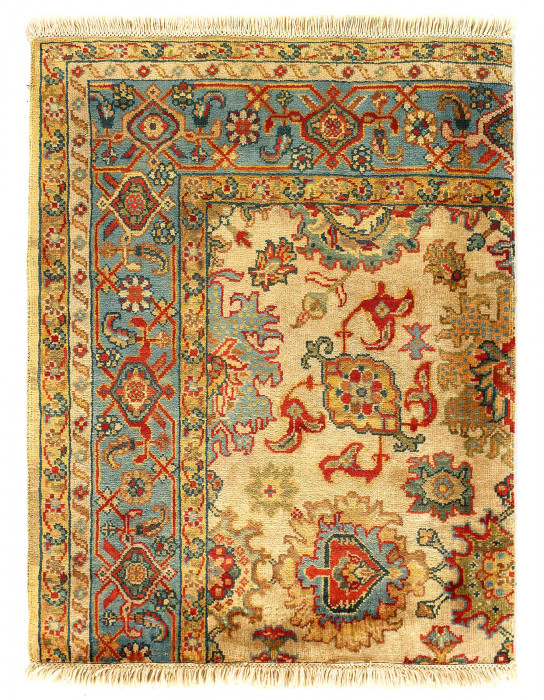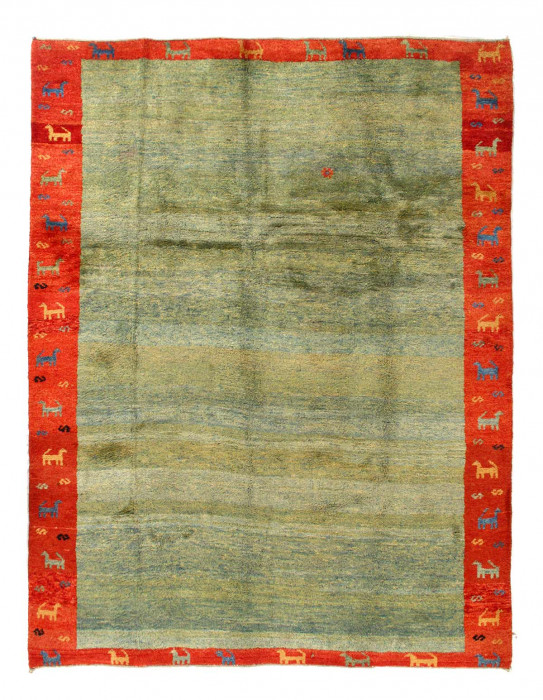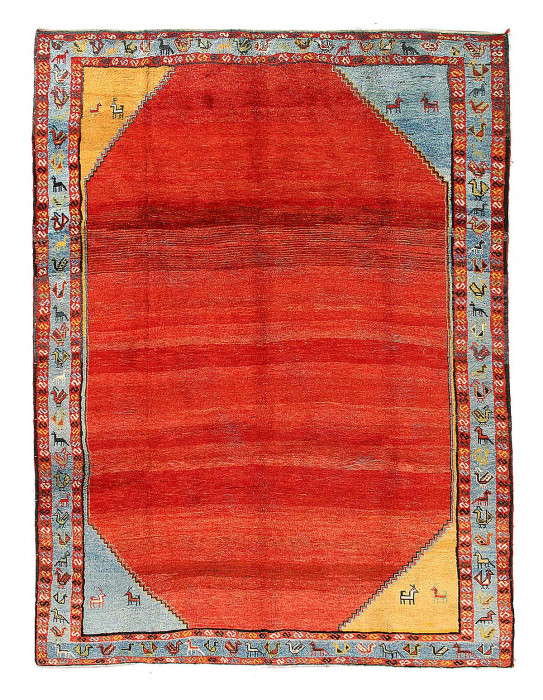Navy Persian Antique Mahal 10'3'' X 17'4''
| SKU | D10161 |
| UPC | |
| Brand | Pasargad DC |
| Collection | Antique |
| Design | Mahal |
| Matterials | Lamb's Wool |
| Shape | Rectangle |
| Weaves | Hand-Knotted |
| Primary Colors |
Navy Blue
|
| Border Color | Rust |
| Size | 10'3'' x 17'4'' feet |
| Foundation | cotton |
| Country Of Origin | Iran |
| Age | Circa 1920 |
Review
Product Detail
Mahal Persian carpets from the 19th century and turn of the 20th century have become perhaps the most desirable among Persian village weavings, as they appeal strongly to both connoisseurs and interior designers. These two important groups of buyers are attracted to them as outstanding examples of folk art weaving and for their sophisticated, yet often whimsical, highly decorative aesthetic. As a result, the best Mahal antique carpets have become very difficult to find in the international market.
Often the finest in the antique Mahal style of antique rugs render spacious, very unique variations upon classical Persian allover antique carpet patterns, such as the Herati (repeated diamond and curling leaf), the Mina Khani (repeated circular flowerhead) and Harshang (highly stylized dragon and blossom), often in subtle, glowing pastels and earth tones. Many Mahals utilize these allover motifs, while others present the central medallion format, seen often in other Persian carpet styles.
The Oriental carpets from Mahal were a product of the cottage industry in and around this Northwest Persian village, and were often produced on the family level. Therefore, they use the loose to moderate weave, and somewhat thicker pile, similar to nomadic and tribal rugs. Nevertheless, they have now taken an equal seat beside the highly reputed and more finely knotted Ferahan and Mahajiran Sarouk Persian carpet styles from this same Arak district.
Exemplary Mahal antique carpets are preferred by many for their originality and inspired artistry, and have forged an important niche in today’s decorative market for their compatibility and versatility with the finest interiors and other works of art. Because of their rarity, desirability and innovative spirit, the best 19th-century and turn-of-the-20th-century antique rugs will continue to grow as art investments for many decades to come.






